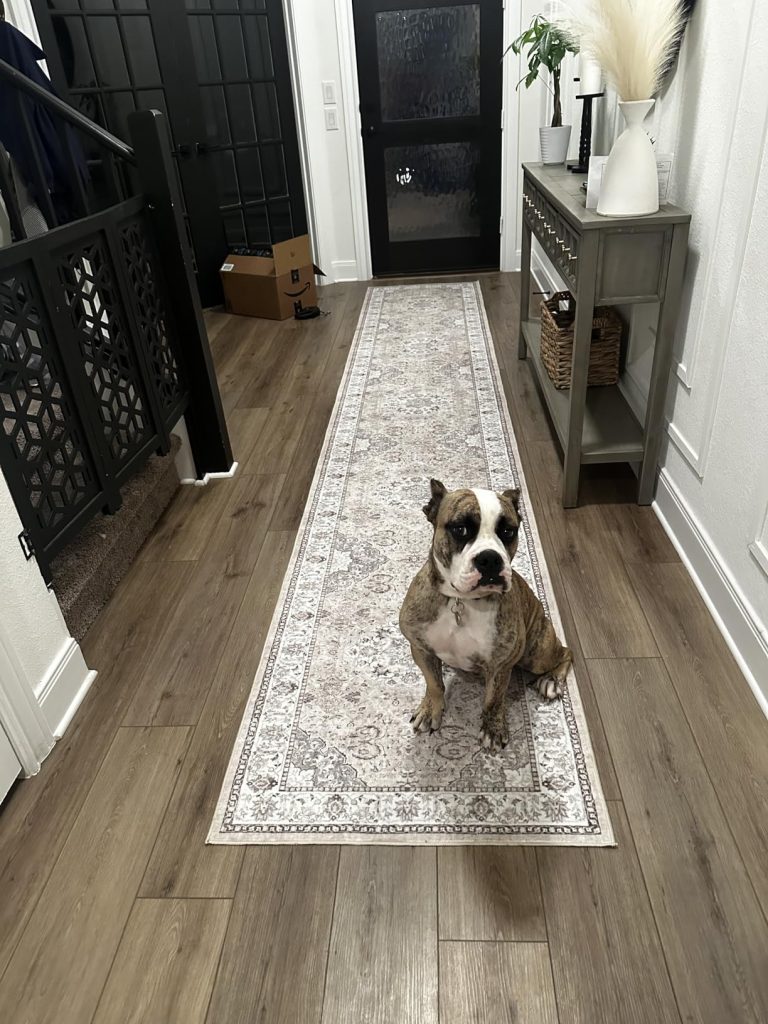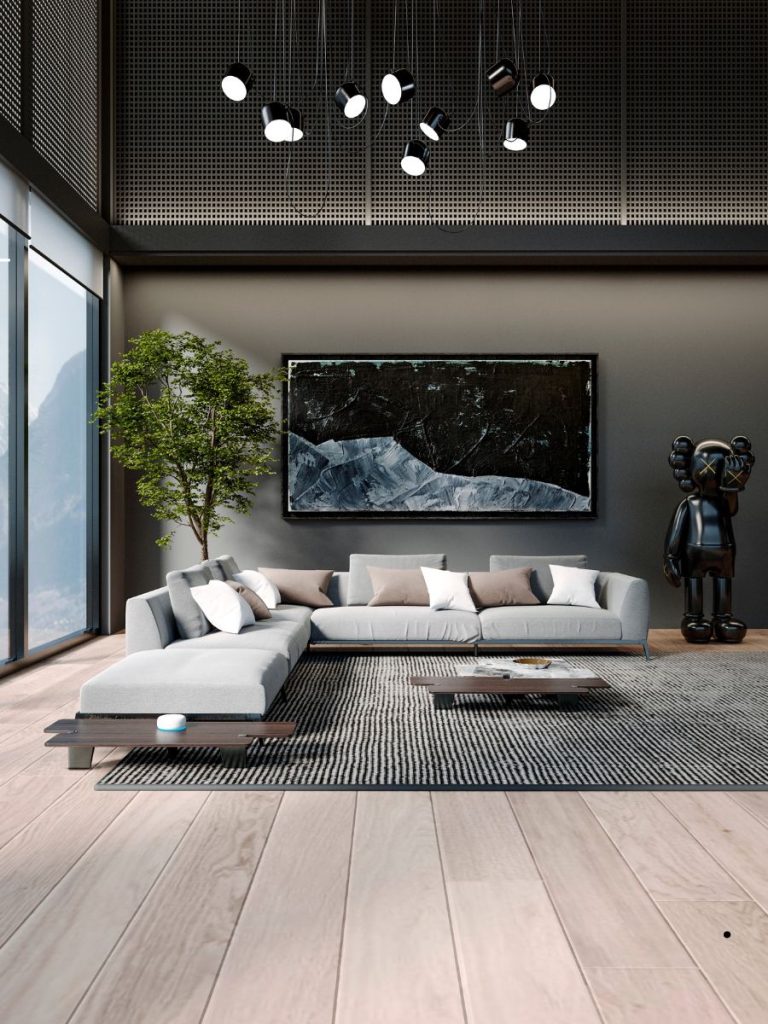In a world where time is a precious commodity, many of us find ourselves battling clutter, both physical and digital. The sight of overflowing closets, chaotic workspaces, and a perpetually messy home can be overwhelming, leaving us feeling stressed and out of control. But imagine walking into your home after a long day at work, only to be greeted by a serene and organized space where everything has its place. This transformation is not just a dream but a reality that can be achieved with the right approach, even for the busiest of individuals.

Decluttering is more than just tidying up; it’s about creating an environment that fosters peace and productivity. Studies have shown that a clutter-free space can significantly reduce stress and anxiety levels, improve focus, and even enhance overall well-being. Despite knowing the benefits, many people struggle to find the time and energy to tackle their clutter. That’s where our quick decluttering checklist comes in. Designed specifically for busy people, this checklist offers practical, actionable steps that can be completed in short bursts, making the daunting task of decluttering both manageable and effective.
In this comprehensive guide, we’ll explore the various aspects of clutter, from understanding its roots to practical tips for quick and efficient decluttering. Whether you’re dealing with physical clutter in your home or digital chaos on your devices, our checklist will help you reclaim your space and your peace of mind. So, grab a cup of coffee, take a deep breath, and get ready to transform your life, one small step at a time.
Understanding Clutter

Definition of Clutter
Clutter can be defined as anything that takes up space and doesn’t add value to your life. It’s the unnecessary accumulation of items that can lead to a chaotic and disorganized environment. Clutter comes in many forms, but it can be broadly categorized into two types: physical and digital.
Physical Clutter:
- Items in your home that you no longer use or need.
- Clothes that don’t fit or are out of style.
- Piles of paper, magazines, and books.
Digital Clutter:
- Unread emails and spam.
- Files and documents scattered across your desktop.
- Apps and programs that you no longer use.
Understanding the different types of clutter is the first step in tackling the problem. Once you can identify what clutter looks like in your life, you can start to address it in a systematic way.
Negative Effects of Clutter
The impact of clutter goes beyond just having a messy space. It can have significant negative effects on your mental and physical health, as well as your productivity.
Mental and Emotional Effects:
- Increased stress and anxiety: A cluttered space can be overwhelming and can lead to feelings of anxiety and stress.
- Decreased focus and productivity: Clutter can distract you and make it difficult to concentrate on tasks, reducing your overall productivity.
- Emotional drain: Holding onto items with sentimental value or guilt can be emotionally exhausting.
Physical Effects:
- Safety hazards: Clutter can create tripping hazards and increase the risk of accidents.
- Dust and allergens: Excess items can collect dust and allergens, contributing to respiratory issues.
- Difficulty cleaning: A cluttered space is harder to clean and maintain, leading to an overall less healthy living environment.
Understanding these effects can provide the motivation needed to start the decluttering process.
Identifying Personal Clutter Zones
Before you can declutter, it’s important to identify the areas in your life that are most cluttered. These personal clutter zones can vary from person to person, but there are common areas that many people struggle with.
Areas in the Home:
- Kitchen: Countertops filled with gadgets, overflowing cabinets, and a messy pantry.
- Bedroom: Closets packed with clothes, shoes, and accessories, nightstands cluttered with books and personal items.
- Living Room: Shelves overflowing with decor, electronics, and magazines, and a coffee table buried under miscellaneous items.
- Bathroom: Cabinets full of expired medications, half-used toiletries, and beauty products.
Digital Spaces:
- Emails: Thousands of unread emails, spam, and junk mail.
- Desktop: Files and folders scattered across your desktop, making it difficult to find important documents.
- Apps and Programs: Apps that you no longer use, taking up space and slowing down your devices.
By identifying these clutter zones, you can create a targeted plan to address each area effectively.
Preparing for Decluttering

Mindset and Motivation
Decluttering can be a daunting task, but approaching it with the right mindset and motivation can make all the difference. Setting realistic goals, visualizing the end result, and finding inspiration can help you stay motivated throughout the process.
Setting Realistic Goals:
- Break down the task into smaller, manageable steps.
- Set a specific time each day or week to focus on decluttering.
- Celebrate small victories to stay motivated.
Visualizing the End Result:
- Imagine how you want your space to look and feel.
- Create a vision board or collect photos of organized spaces that inspire you.
- Keep the end goal in mind to stay focused and motivated.
Finding Inspiration:
- Read books or watch shows about decluttering and organization.
- Follow influencers or join online communities for tips and support.
- Find a decluttering buddy to keep you accountable and motivated.
Approaching decluttering with a positive mindset can make the process more enjoyable and less overwhelming.
Tools and Supplies Needed
Having the right tools and supplies on hand can make decluttering more efficient and effective. Here’s a list of essential items you’ll need:
Storage Solutions:
- Storage bins: For sorting and organizing items.
- Trash bags: For items to be discarded or donated.
- Labels: For identifying the contents of storage bins.
Cleaning Supplies:
- Cleaning cloths and sprays: To clean surfaces as you declutter.
- Vacuum or broom: To clean floors and carpets.
Organizational Tools:
- Shelving units: For additional storage space.
- Drawer organizers: To keep small items organized.
- Hooks and hangers: For hanging items and maximizing space.
Having these tools and supplies ready before you start will help you stay focused and organized during the decluttering process.
The Quick Decluttering Checklist
Now that you’re prepared, it’s time to dive into the quick decluttering checklist. This checklist is designed to be completed in short bursts, making it perfect for busy people. You can tackle one area at a time, spending just 15-30 minutes on each task.
Entryway

- Clear Out Shoes and Coats:
- Remove shoes that are not in regular use.
- Donate or discard old coats and jackets.
- Use hooks or a shoe rack to organize remaining items.
- Sort Mail and Keys:
- Create a designated spot for incoming mail and keys.
- Sort through old mail and discard unnecessary items.
- Use a key holder to keep keys organized and easy to find.
- Declutter Surfaces:
- Clear off any surfaces, such as tables or shelves.
- Only keep essential items, like a bowl for keys or a small plant.
Kitchen

- Declutter Countertops:
- Remove appliances and gadgets that are not used regularly.
- Store frequently used items within easy reach.
- Clear off countertops to create a clean and open space.
- Organize Cabinets and Drawers:
- Remove expired or unused food items.
- Group similar items together, such as baking supplies or snacks.
- Use drawer organizers to keep utensils and tools in order.
- Clean Out the Fridge and Pantry:
- Discard expired or spoiled food.
- Wipe down shelves and drawers.
- Group similar items together for easy access.
Bedroom

- Declutter the Closet:
- Remove clothes that no longer fit or are out of style.
- Donate or discard items you haven’t worn in the past year.
- Organize remaining clothes by category or color.
- Tidy Up Nightstands:
- Clear off surfaces, keeping only essential items.
- Use a small tray or basket to corral loose items.
- Store books and magazines in a designated spot.
- Organize Under the Bed:
- Use storage bins or bags to store out-of-season clothes or extra bedding.
- Keep the area clean and free of dust.
Living Room

- Declutter Shelves and Surfaces:
- Remove items that don’t belong or are no longer needed.
- Only keep decor and items that bring you joy.
- Use storage solutions, like baskets or boxes, to keep items organized.
- Organize Electronics:
- Tidy up cords and cables using cable organizers.
- Store remote controls in a designated spot.
- Keep DVDs, games, and other media organized and accessible.
- Clear Off the Coffee Table:
- Remove unnecessary items, like old magazines or mail.
- Only keep essential items, like coasters or a small decorative piece.
- Wipe down the surface to keep it clean and clutter-free.
Bathroom

- Declutter Cabinets and Drawers:
- Remove expired medications and beauty products.
- Group similar items together, such as skincare or haircare products.
- Use drawer organizers to keep small items in order.
- Organize Shower and Bathtub:
- Remove empty bottles and unused products.
- Use a shower caddy or shelf to keep items organized.
- Wipe down surfaces to keep them clean and free of mold.
- Tidy Up Countertops:
- Clear off surfaces, keeping only essential items.
- Use a tray or basket to corral loose items.
- Store extra products and tools out of sight.
Digital Spaces
- Declutter Emails:
- Delete spam and junk mail.
- Unsubscribe from newsletters and promotions you no longer want.
- Create folders to organize important emails.
- Organize Your Desktop:
- Delete unnecessary files and documents.
- Organize remaining files into folders.
- Clean up your desktop background to create a clean and distraction-free space.
- Tidy Up Apps and Programs:
- Delete apps and programs you no longer use.
- Organize remaining apps into folders.
- Clear out your downloads folder regularly.
Conclusion
Decluttering doesn’t have to be a time-consuming or overwhelming task. By following this quick decluttering checklist, you can tackle clutter in short bursts, making it manageable and even enjoyable. Remember, the goal is to create a space that brings you peace and productivity, not perfection.
With a little bit of effort and consistency, you can transform your home and digital spaces into organized and clutter-free environments. So, take it one step at a time, celebrate your progress, and enjoy the benefits of a decluttered life. Your journey to a more organized and peaceful life starts now!
